In a household, all the equipment as well as the residents have to be protected from electricity. Excess voltage and current can prove to be fatal for both. Hence, surge protection and grounding are implemented. But what does Protected and Grounded mean?
First of all, “protected” means that a circuit has protection from a certain level of excess voltage. And grounded means that the circuit has good access and a pathway to the ground. Apart from that, there are other key differences as well.
In this article, I will brief on protected vs grounded circuits in detail, their key differences as well as how each of these levels of protection can affect your household circuit in various ways.
What Does a Protected Circuit Mean?
A circuit that is protected, usually means that a surge protector is installed on that circuit, in order to protect it from a power surge. Surge protection can come from different types of surge protectors.
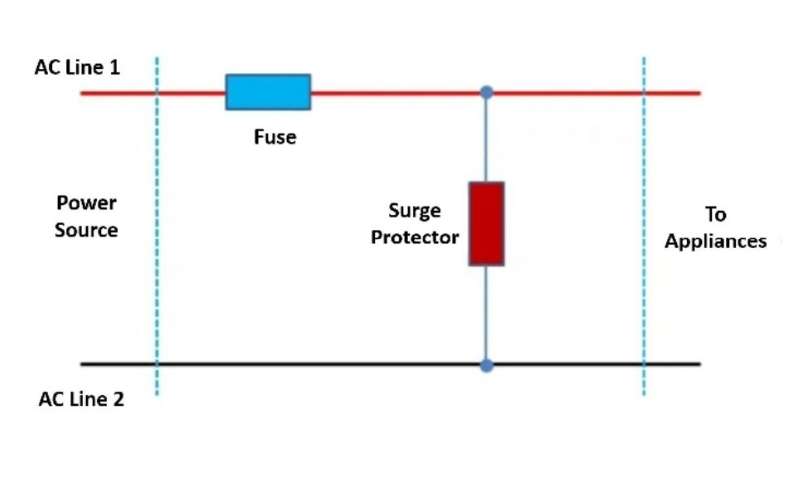
The above diagram (Fig 1) depicts a circuit and its appliances protected by a surge protector. But the circuit is not grounded. This means that the circuit cannot properly divert the excess voltage.
As a result, even if the surge protector will still function in the absence of a grounding wire, the level of protection it offers will fall short of expectations. since there are no ground lines where the electricity can be directed. Good surge protection can prevent electrical fires.
What Does a Grounded Circuit Mean?
Grounding is the process of directing excess electricity to the ground via a wire. Any circuit which has the access to a ground path or earthing can be said to be properly grounded.
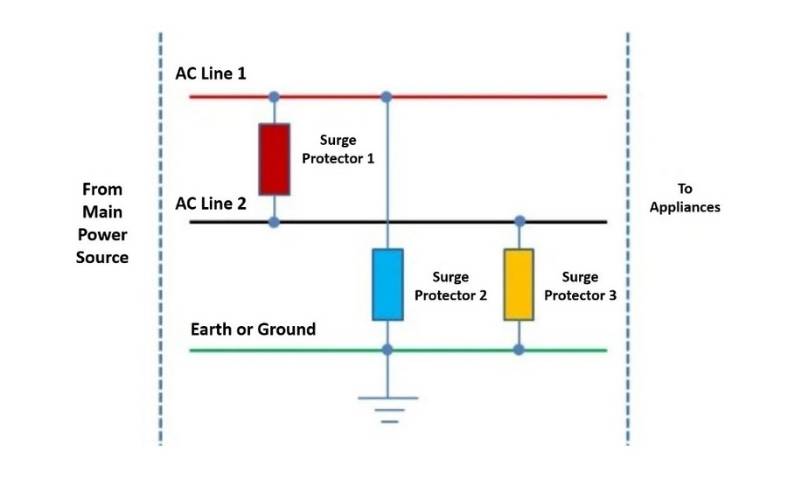
The above diagram (Fig 2) depicts a circuit and its appliances protected by a surge protector, as well as having a decent ground pathway. This means that additional voltage can be dissipated through this ground path.
It is always good practice to use a surge protector or any other electrical appliance with a decent ground. This will provide an additional layer of safety. Both to the user as well as the appliance.
Differences Between a Protected and a Grounded Circuit
There are several key distinctions between a protected circuit and a grounded circuit. The key comparisons between a protected vs grounded circuit are showcased in the table below.
Protected VS Grounded Circuit
| Differences | Protected Circuit | Grounded Circuit |
| Purpose | The circuit is protected from a certain level of “power surge”. | Excess electricity is directed to the ground via a wire. |
| Safety | Safety from power surges. | Safety from electrocution. |
| Types | Whole House Surge Protectors, Surge Protector Strips, Wall Mount Surge Protectors | Low Voltage System: TN, TT, and ITHigh Voltage System: Resistance Grounding, Solidly Grounded Systems |
| Voltage Dissipation | No | Yes |
| Dependency | Dependent on grounding. | Not dependent on surge protection. |
| Priority | Appliance | User/Residents |
These are some of the key differences between a protected circuit and a grounded circuit.
How Does a Protected Circuit or a Grounded Circuit Affect the User and the Circuitry?
Yes, surge protection and grounding will affect how your circuit functions and the safety of the said circuit. Let’s take a look below for a detailed explanation.
Purpose:
The primary purpose of a surge protector or a protected circuit is to provide protection to the electrical appliance from a certain level of power surge by diverting the voltage to the ground.
The main purpose of grounding a circuit is to reduce the probability of electrocution by directing excess electricity to the ground.
Safety:
Protected circuits provide protection from power surges, while grounding protects from the risk of electrocution. Grounding is also necessary for the surge protector to work properly.
Types:
A circuit can be protected by various types of surge protectors. Such as whole-house surge protectors, surge protector strips, and wall-mounted surge protectors.
Grounding can vary based on the level of voltage. Low-level systems can have TN, TT, and IT grounding methods. And high voltage systems can have resistance grounding or a solidly grounded system.
Voltage Dissipation:
A surge protector needs a decent ground pathway, so that it may divert the additional voltage to the ground, instead of the appliance. This protects electrical appliances from power surges.
Grounding mainly focuses on diverting the excess voltage to the ground, in case the appliance somehow got electrocuted due to internal malfunction. So that the user may not get electrocuted by accident.
Dependency:
Surge protection is greatly dependent on good earthing in order to provide the proper level of safety and protection to the electrical appliance. A grounding or earthing is necessary to divert the excess voltage.
But, on the other hand, a decent grounding does not depend on the surge protection in order to function properly.
Priority:
Surge protection or a protected circuit generally prioritizes the safety and health of the electrical equipment.
While grounding is necessary for proper surge protection, it is also necessary for equipment without surge protection as well. Grounding usually focuses on the safety of the user. Grounding protects the user from any risk of electrocution.
These are some of the key factors that differentiate a protected circuit from a grounded circuit.
Summary
In this article, I have briefed on protected vs grounded circuits in detail. I have also brought up how each of these safety measures can affect the user, the appliances, and the circuitry.
This article also showcases the necessity and usefulness of each safety mechanism. For a safe electrical environment, your system has to be both properly protected and grounded. This way, your appliance can be safe from power surges and you can be protected from any risk of electrocution as well.
References:

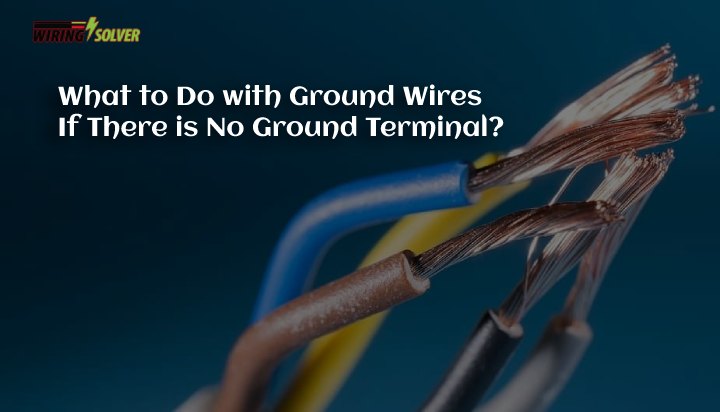
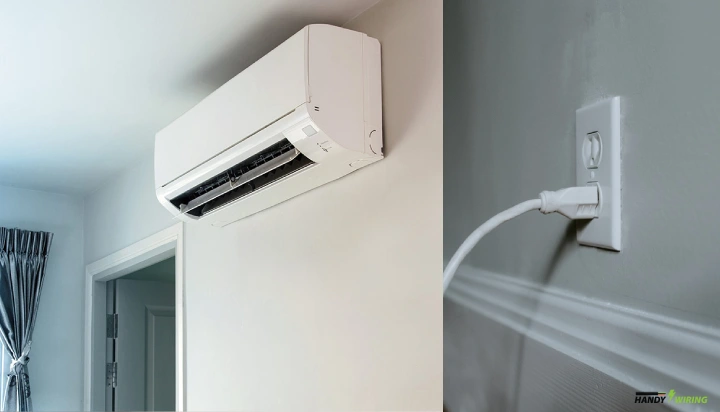
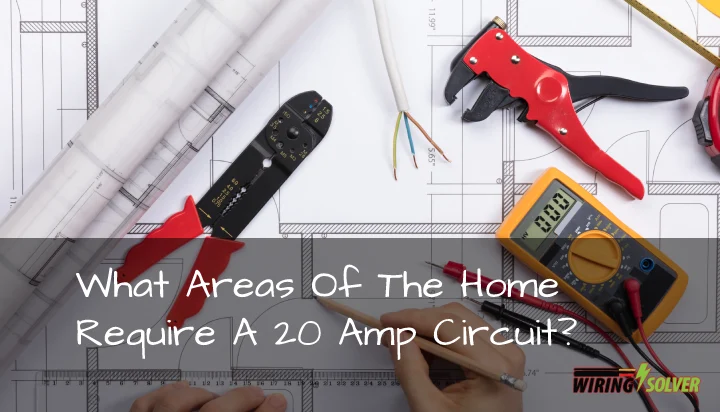
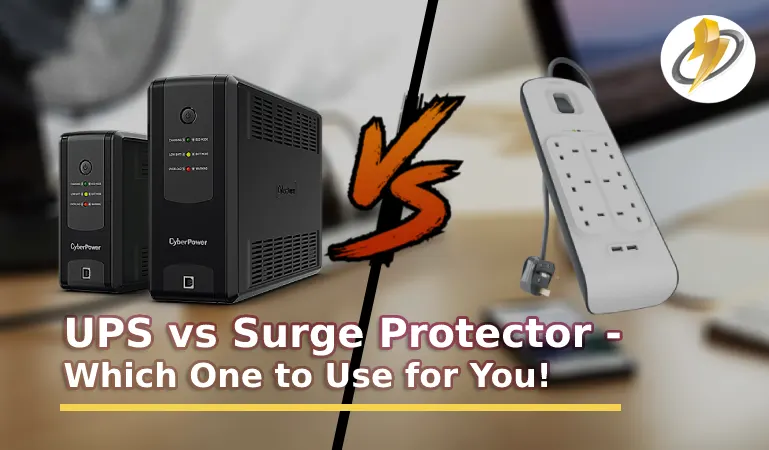
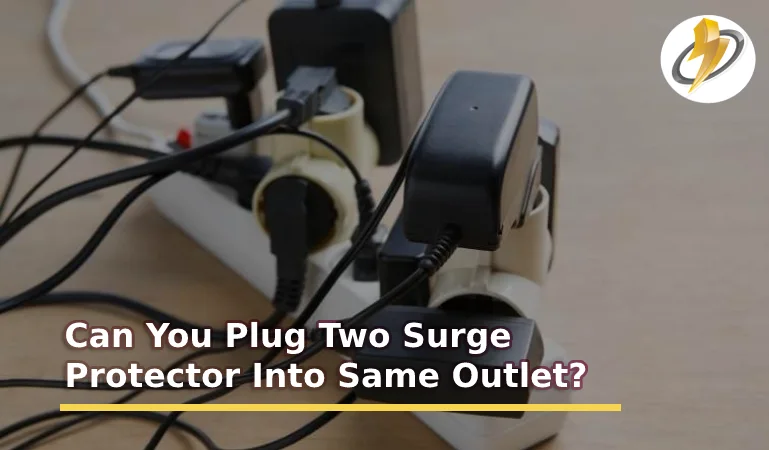
![How To Wire A Doorbell Transformer? [Step-by-Step Guide]](https://wiringsolver.com/wp-content/uploads/2022/06/How-To-Wire-A-Doorbell-Transformer.jpeg)